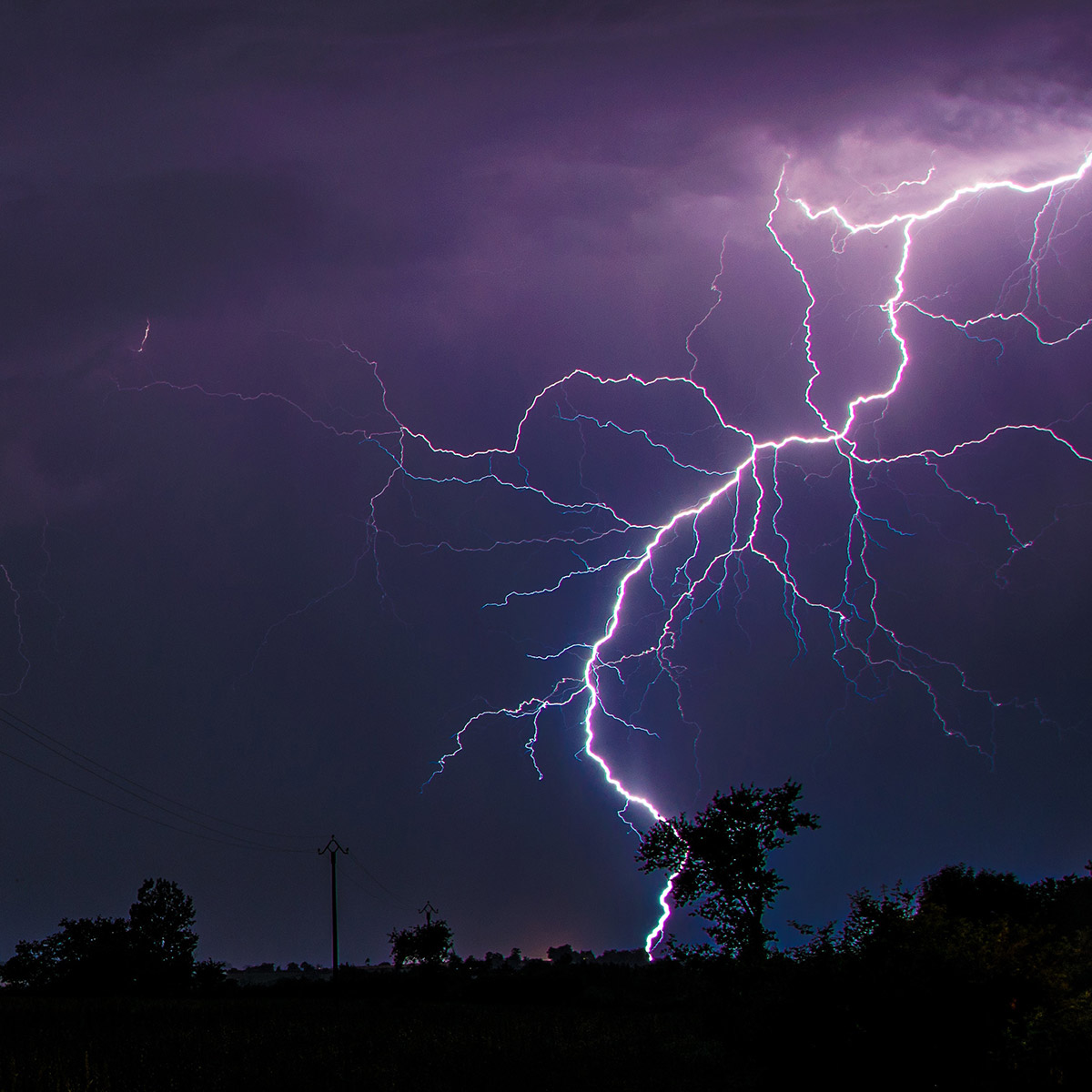
Best available refuge: Protecting yourself when a tornado or hurricane hits
[fa icon="calendar'] Sep 16, 2021 11:30:00 AM / by Greg Hoyt, PE
Tornados and hurricanes are dangerous, extreme wind events. Both types of storms are likely to happen in specific geographies—tornados in the central plains of the U.S. and hurricanes along the Atlantic seaboard and Gulf Coast. Yet these storms can and do happen in other areas.
Read More [fa icon="long-arrow-right"]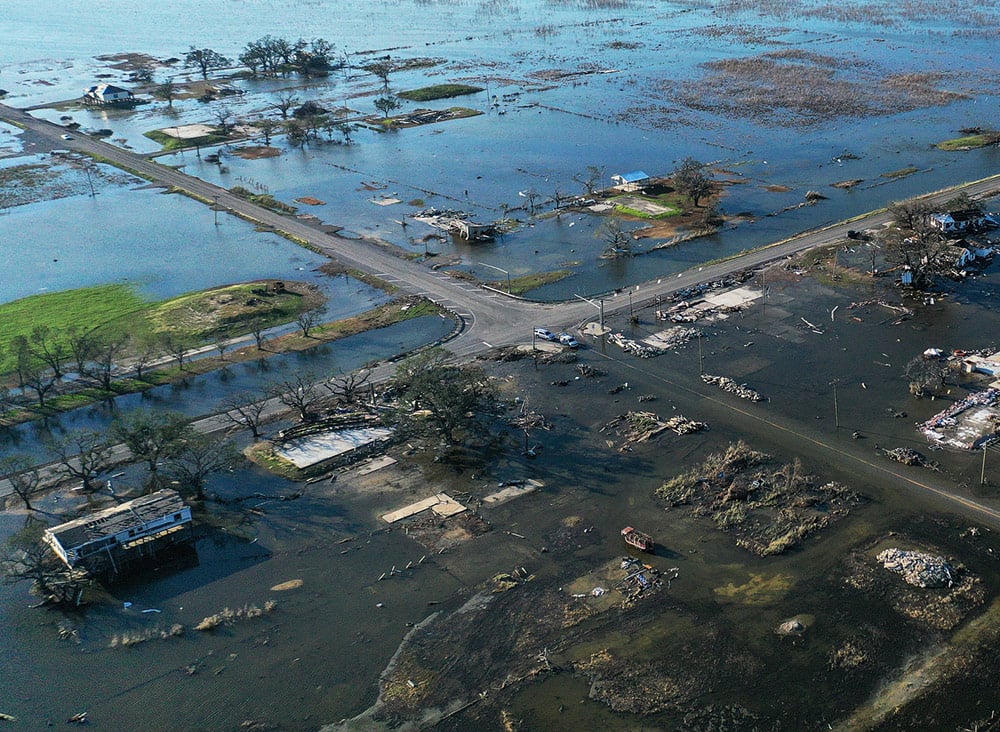
Responding to Catastrophes
[fa icon="calendar'] Aug 17, 2021 6:30:00 AM / by Kenneth R Quigley, PE
Disaster can strike at any time—natural disasters like hurricanes, wild fires, earthquakes, tornadoes; and human-caused catastrophes like pipeline leaks, criminal acts, bridge or building collapses, or industrial, air, or rail accidents. After the initial emergency response, property owners and public officials turn their attention to restoring properties and restarting commerce. Business and property owners and their insurance companies want to know:
Read More [fa icon="long-arrow-right"]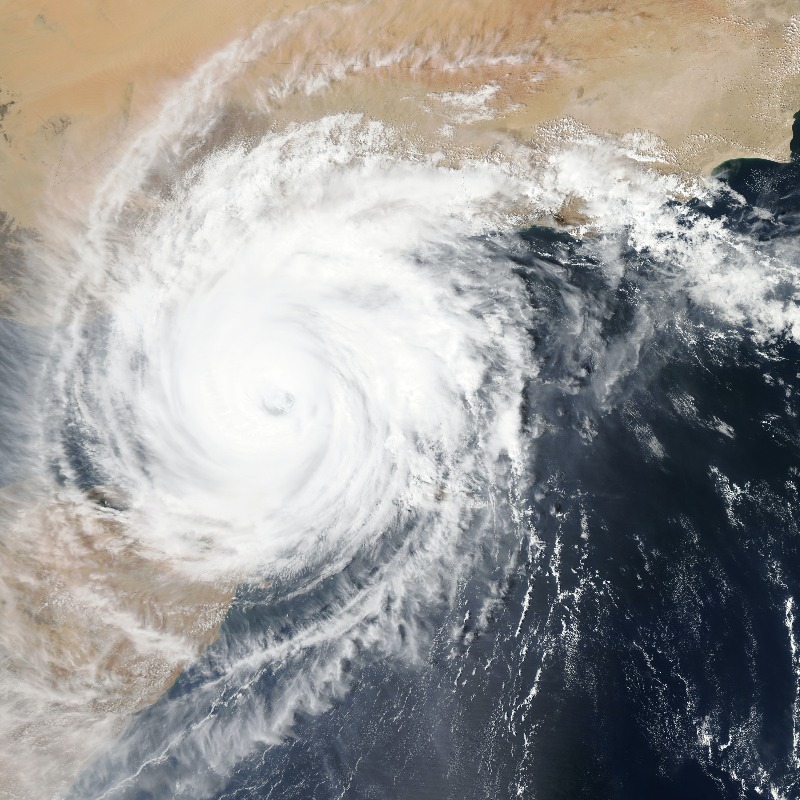
Hurricane Damage Claims - A Primer
[fa icon="calendar'] Jun 10, 2021 6:00:00 AM / by Robert Pfeifer, AIA
Insurance policies may or may not cover all your damages from a storm like a hurricane. In general, for residential policies, most policies cover damages caused by high winds, such as damaged roofing shingles, broken windows, water entering damaged building components, or damage from toppled trees.
Read More [fa icon="long-arrow-right"]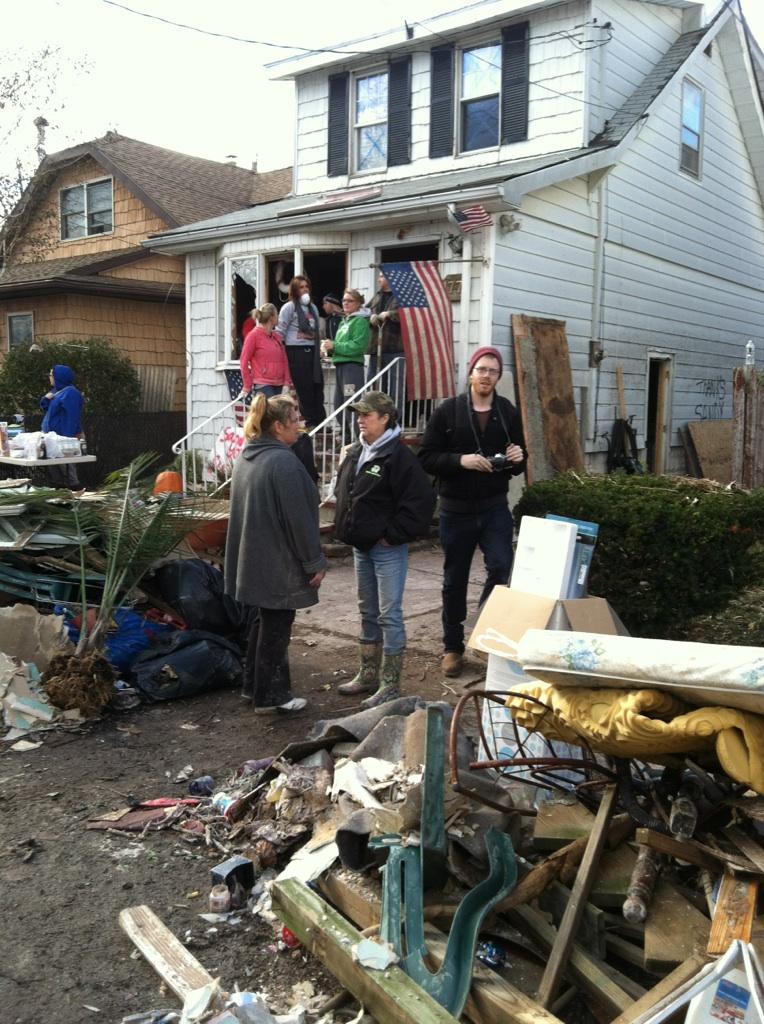
Tackling flood damage to dwellings
[fa icon="calendar'] Oct 23, 2018 7:45:00 AM / by Kenneth R Quigley, PE
Dealing with flood damage inside of your home or business can be a nightmare. With water soaking your valuables and all of your belongings, it’s often difficult to know or even process where to begin. Quite likely many questions are running through your head pertaining to whether or not your insurance will cover the damage.
Read More [fa icon="long-arrow-right"]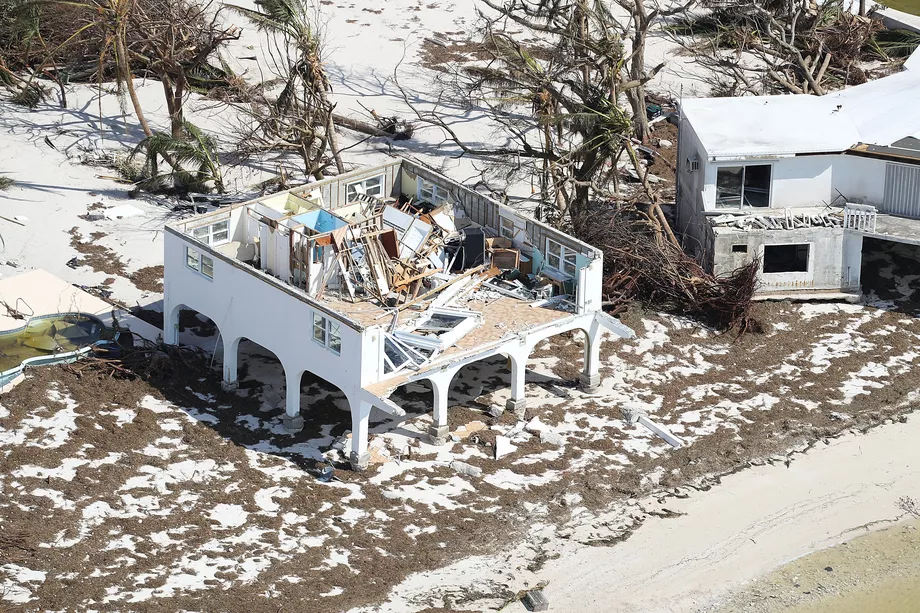
Hurricane resistant homes: why they aren't being constructed more frequently.
[fa icon="calendar'] Aug 16, 2018 11:00:00 AM / by Mark McGivern, CSI, Aff. M. ASCE
Last year was the United States’ most costly on record for weather-related disasters. According to the National Oceanic and Atmospheric Administration (NOAA) weather-related damages in 2017 totaled a staggering $306 billion.
Read More [fa icon="long-arrow-right"]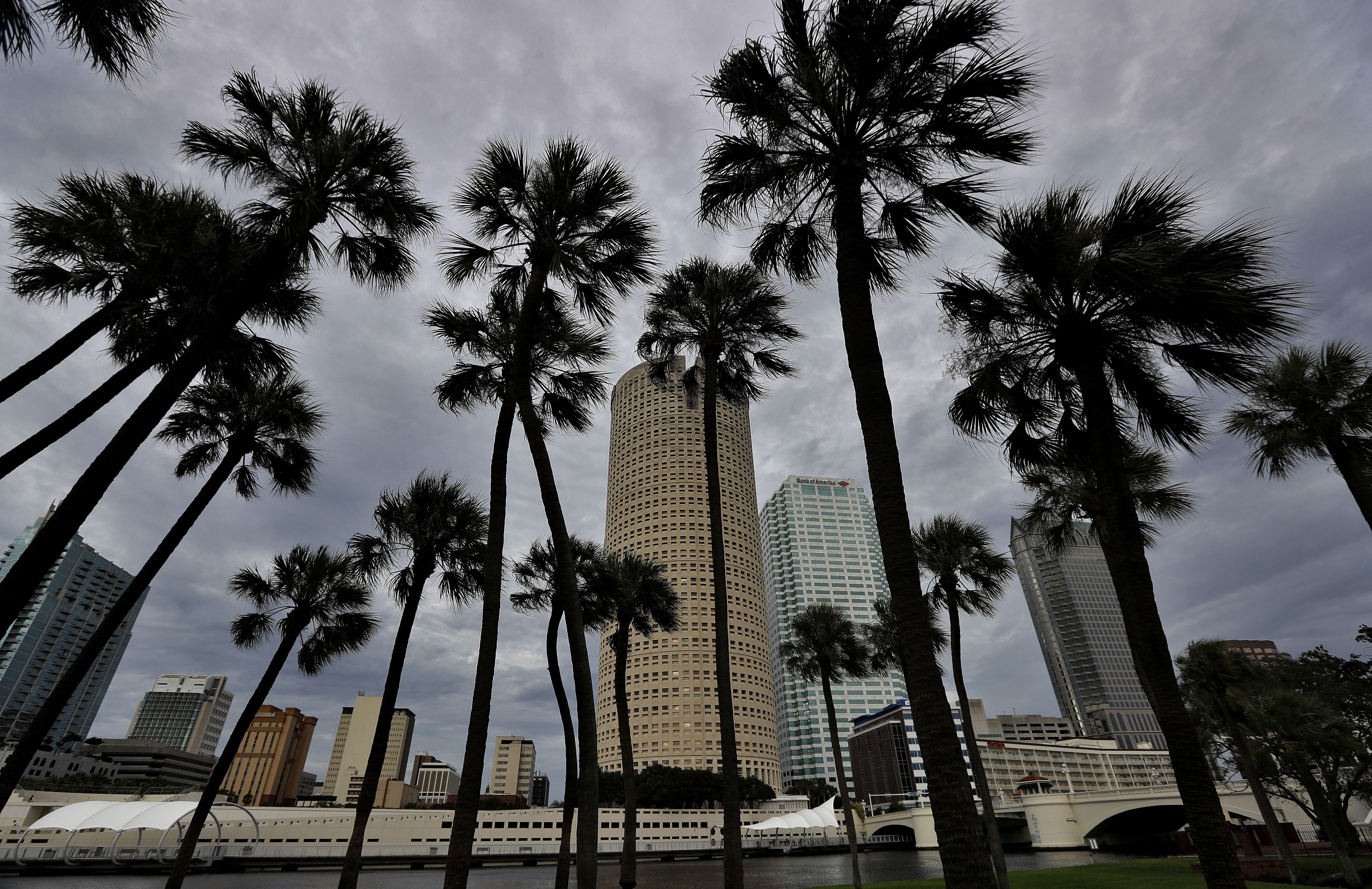
Stricter Building Codes Saved Florida’s Commercial Buildings from Irma’s Wrath
[fa icon="calendar'] Nov 28, 2017 10:00:00 AM / by Mark McGivern, CSI, Aff. M. ASCE
Hurricane Irma bore down hard on single-family homes, severely damaging many. At the end of September residential insurance claims had been cited around a half-million. The story, however is quite different for commercial and industrial buildings where insurance claims had been cited around 25,000.
This is mainly due to the stricter building codes that were put in place following the wrath of Hurricane Andrew in 1992. “Designed to withstand a Category 5 hurricane with winds of 175 mph, the Florida building code is the accepted benchmark for hurricane protection nationally.”
“Florida significantly strengthened its defenses after hits from past major hurricanes, and those improvements were instrumental in helping the state weather this potentially devastating storm,” Levy notes. “As a result, damage to Florida commercial real estate is relatively minor outside of the Keys.”
Read More [fa icon="long-arrow-right"]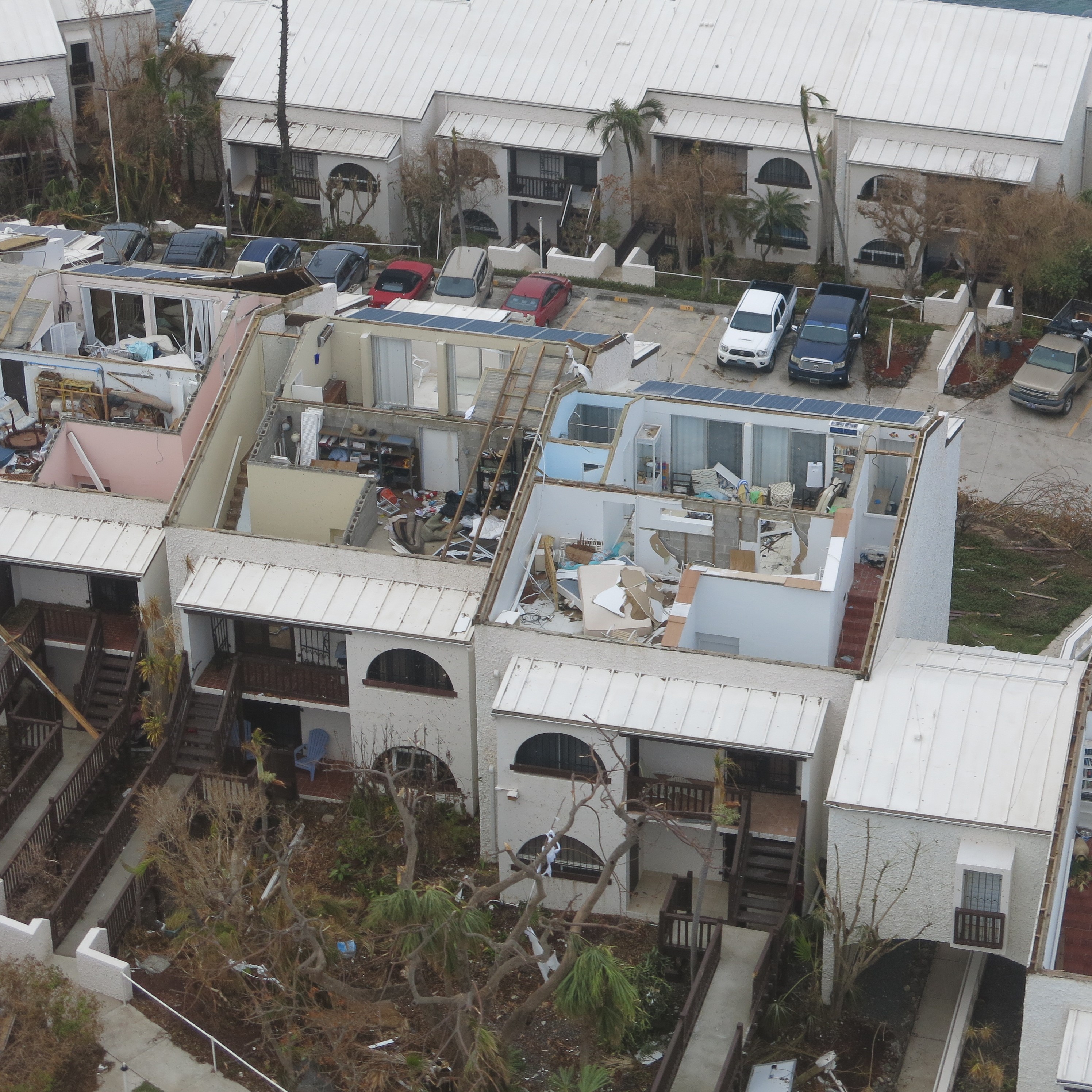
Hurricane Ties - Keeping the Lid On
[fa icon="calendar'] Nov 21, 2017 10:00:00 AM / by Kenneth R Quigley, PE
With the 2017 hurricane season coming to an end Harvey, Irma, Jose, and Maria affected large parts of the USA and Caribbean. Examples of roof uplift can be found in numerous structures. If a roof is not properly tied down the entire roof structure can be blown away as in this photograph from St. Thomas.
When hurricanes or high winds strike buildings the roofs can be sucked upward in the same manner as an airplane wing. In extreme cases the entire roof structure can get sucked off the building. Newer, hurricane-resistant structures incorporate hurricane ties - metal straps which attach the roof securely to the main part of the house below. Parts of the house are also tied together all of the way down to the foundation providing a path for the roof uplift forces all the way to the foundation. Without these ties, strong winds will make quick work of a roof.

Mold in walls after a hurricane or flooding
[fa icon="calendar'] Oct 19, 2017 4:00:00 PM / by Robert Pfeifer, AIA
Excessive growth of mold can destroy building materials and also cause health problems.
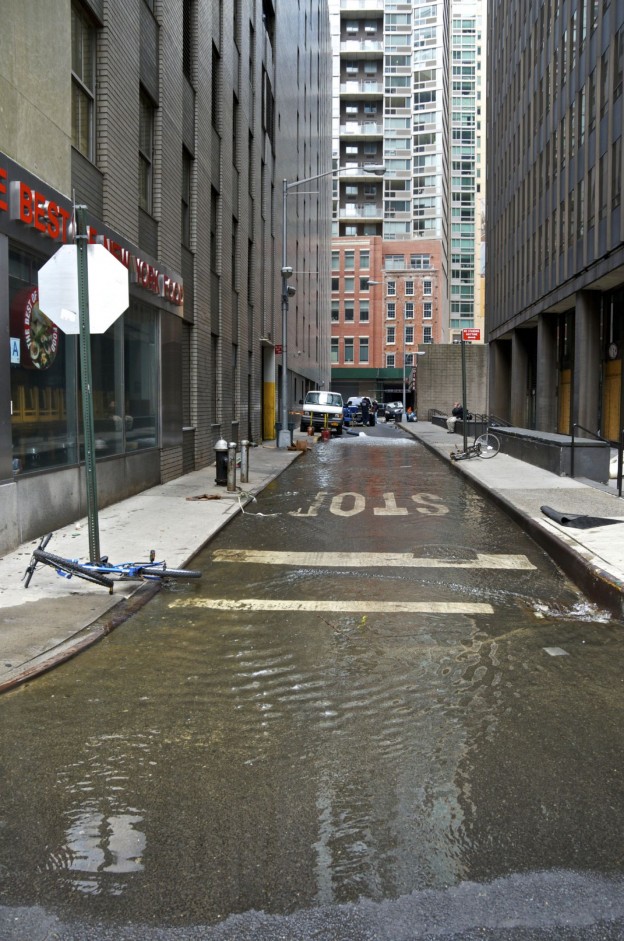
Protecting Infrastructures from Major Floods
[fa icon="calendar'] Sep 14, 2017 4:00:00 PM / by Kenneth R Quigley, PE
Flooding has dominated much of the news in recent years and this hurricane season it seems to be even more prevalent. The impact of this flooding is greater due to growing infrastructure and the rapid rate that new construction is going up.
Concrete is the modern world’s most commonly used building material however century-old concrete structures are outlasting modern concrete structures erected in the last 50-years. Why? One factor is the way in which the buildings are reinforced. According to a recent article in The Construction Specifier, instead of using solid stone, most U.S. infrastructure is constructed of reinforcing steel embedded within poured concrete. As the priorities of construction methods shift to increase productivity and streamline scheduling, long-term durability often takes a backseat.
The following article provides case studies about different reinforcement methods being employed to protect against major flooding. Read more.
Read More [fa icon="long-arrow-right"]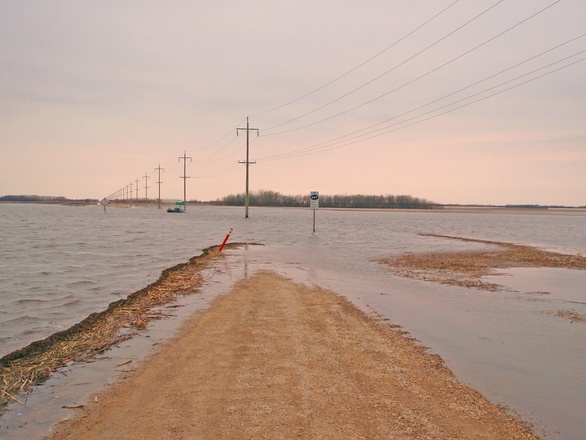
Climate Disasters Cost the U.S. $46 Billion
[fa icon="calendar'] Jan 17, 2017 11:21:13 AM / by Mark McGivern, CSI, Aff. M. ASCE
2016 was recorded as the second-warmest year to date according to NOAA's National Centers for Environmental Information report. According to NOAA, "Some extreme weather and climate events have increased in recent decades." A staggering $46 billion has been spent in damages due to climate-based disasters in 48 U.S. states. Unfortunately, these types of disasters not only cause monetary damages but have taken the lives of at least 138 people.
The yearly report included seven types of climate related disasters, which included droughts, hurricanes, and winter storms throughout the country. The news is opening up new discussions on how best to resiliently build in coastal areas that could be affected and where would the funds come from to pay for such mitigation. Once catastrophes occur, insurance companies and governmental agencies, such as FEMA and states, pay for losses. In addition, individuals absorb losses.

